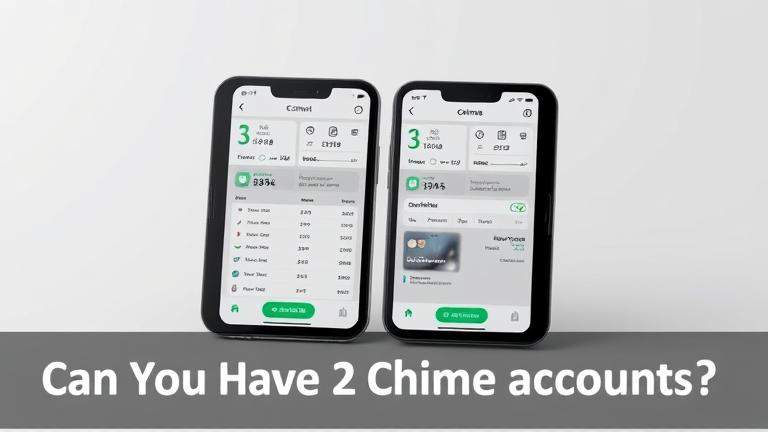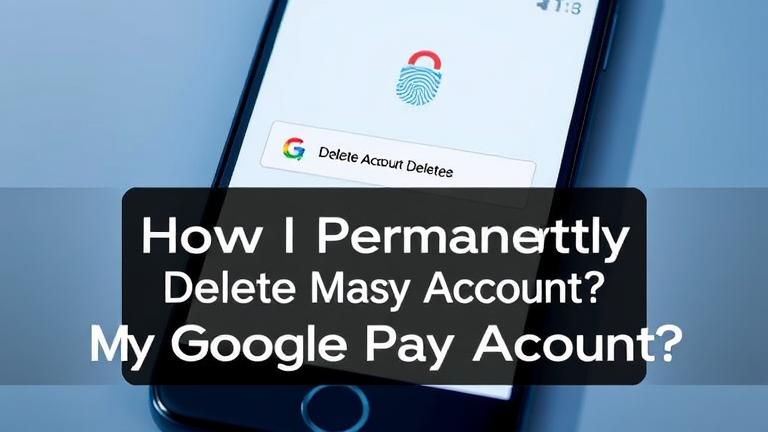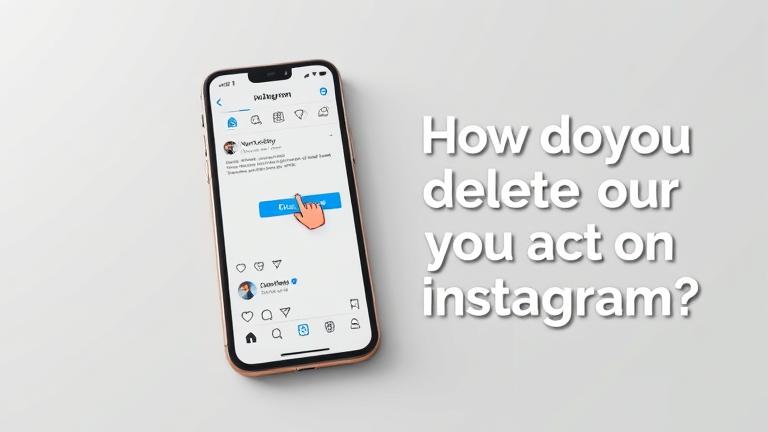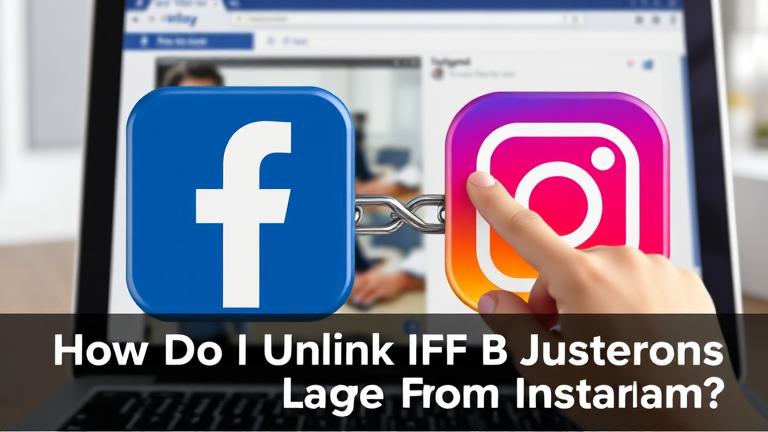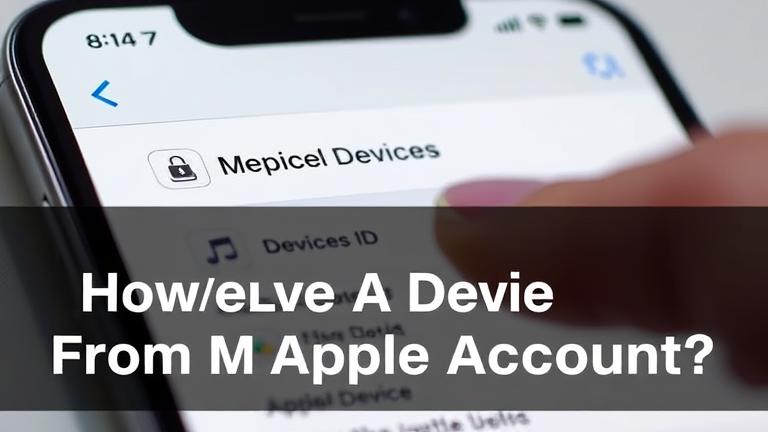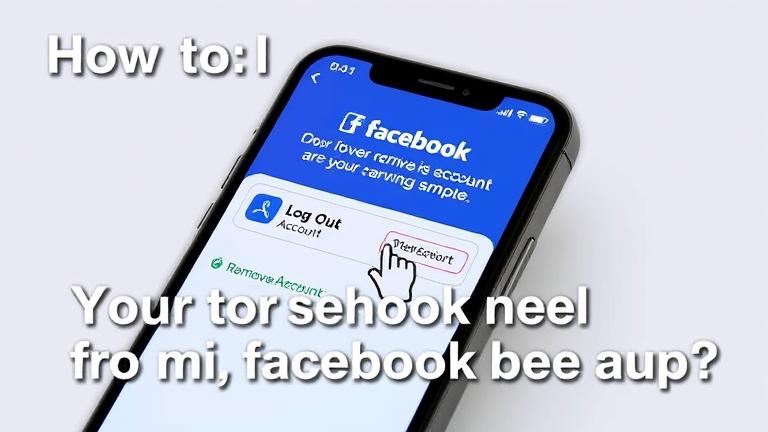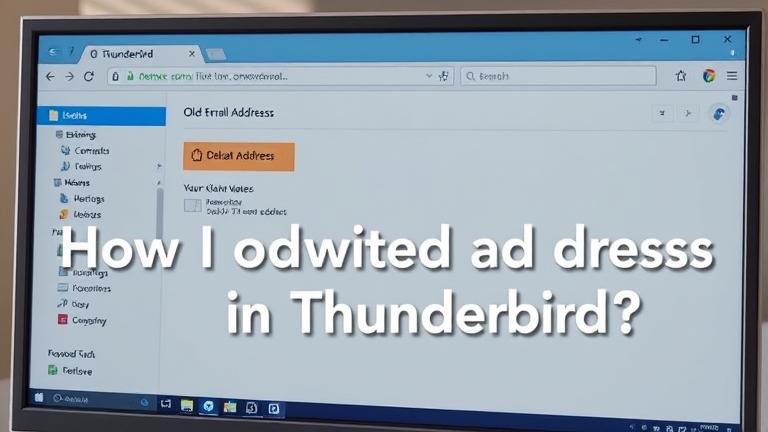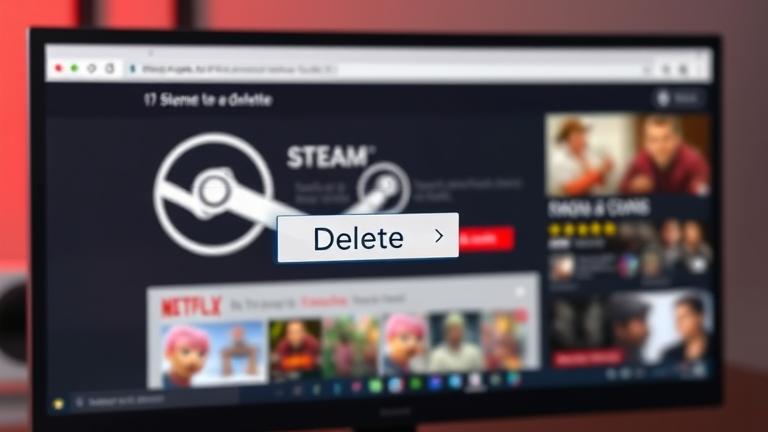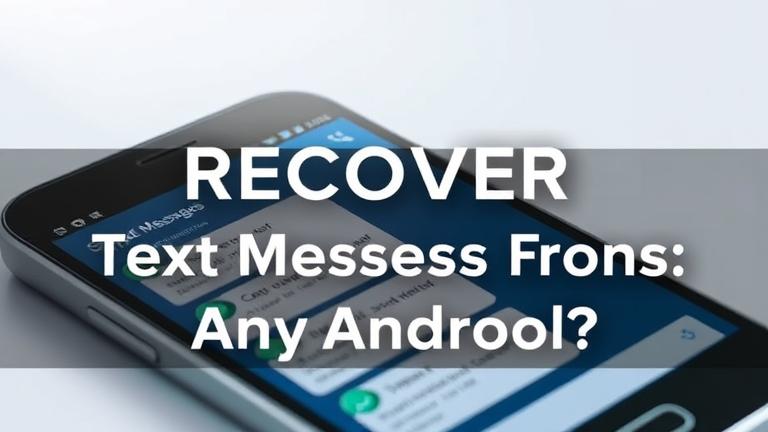Recognizing the Signs: When and Why You Should Delete an Email Account

Managing your digital footprint includes knowing when it’s time to let go of an old or inactive email account. Regularly reviewing your online accounts can enhance your security and streamline your digital life. Here are the key indicators that suggest it might be wise to delete an email account.
1. Prolonged Inactivity
If you haven’t logged into an email account for several months or years, it may no longer serve a purpose. Inactive accounts, especially those with weak passwords or no two-factor authentication (2FA), can become a security liability. Hackers often target dormant accounts, which could compromise your personal information over time (Thunderbird inactivity guide).
2. Security Risks
Older email accounts are common targets for cyberattacks—particularly if passwords have been reused or are weak. If you no longer use an account, but it remains protected by outdated security settings, deleting it reduces your vulnerability to malicious activity (Google account security tips).
3. Redundancy and Clutter
Having multiple email accounts can lead to confusion and clutter, impairing your productivity. By consolidating messages into fewer accounts, you simplify your digital communication and reduce the chances of missing important emails. If an account duplicates others or has become irrelevant, deletion can help organize your online life better (Yahoo account management).
4. Security Breaches and Data Breaches
If your email account has been compromised or involved in a security breach, it’s safer to delete it and create a new, more secure account. This prevents ongoing misuse and protects your sensitive data (Google Pay security tips).
5. Account Redundancy After Service Closure
Some email accounts are linked to services that have been discontinued or no longer used. Old social media, shopping sites, or other accounts connected to such emails can pose privacy concerns if not properly closed. Deleting these redundant accounts alleviates potential vulnerabilities (Instagram account removal).
In summary, deleting unused email accounts enhances your online security and reduces digital clutter. Before proceeding, ensure that you’ve saved important contacts and data, and update your contact details with relevant people or services to avoid communication gaps. For instructions tailored to specific email providers, visit our detailed guides here.
Preparing to Delete Your Email Account
Before deleting an email account, it’s essential to take careful steps to safeguard your data and ensure a smooth transition. Here’s what you need to do:
- Backup Important Emails: Export emails, contacts, and attachments using built-in tools. For example, Gmail users can utilize Google Takeout to save their data.
- Cancel or Update Subscriptions: Change email addresses linked to subscriptions, banking, or social media to prevent service interruptions.
- Notify Contacts: Inform friends, colleagues, and important contacts about your new email address.
- Update Linked Accounts: Review services like social networks or online stores that use your email as login credentials. Update your contact email to ensure ongoing access.
- Review Security Settings: Confirm recovery options, such as alternate emails and phone numbers, are current and secure. Consider disabling 2FA temporarily if needed to avoid lockouts.
Following these precautions minimizes risks like lost data or access issues. For comprehensive instructions, visit our post on safe account deletion guides.
Step-by-Step Guide: How to Safely Delete Your Email Account
Deleting your email is a straightforward process, but doing so securely is paramount. Here’s a detailed, step-by-step procedure for popular providers:
1. Prepare for Deletion
- Backup all emails and contacts.
- Cancel or transfer subscriptions linked to your email.
- Notify key contacts of your new email address.
2. Access Your Account Settings
Log into your account on a secure device. Navigate to your account’s settings or privacy options:
- Gmail: Settings > Accounts and Import
- Yahoo Mail: Account Info > Account Security
- Outlook: Settings > View all Outlook settings > General > Privacy and data
3. Locate the Closure Option
Find options like “Close Account,” “Delete Account,” or “Deactivate” within security or account management sections. The labeling varies by provider.
4. Follow Provider-Specific Instructions
- Gmail: Google Account > Data & Privacy > Delete Your Account. Follow prompts for confirmation.
- Yahoo: Account Info > Account Security > Close My Account.
- Outlook: Security Settings > Cancel Subscription or Delete Account.
5. Verify Your Identity
Most services will ask for verification via a secondary email, SMS code, or security questions.
6. Confirm Deletion and Finalize
Final confirmation usually involves clicking a link sent to your recovery email or re-entering your password. Keep in mind, some providers offer a grace period during which accounts can be restored.
7. Post-Deletion Security Measures
- Remove saved passwords from browsers or password managers.
- Update linked social media or financial accounts with your new email details.
- Review your remaining accounts regularly for suspicious activity and enable two-factor authentication when possible.
For detailed platform-specific instructions, consult our comprehensive resources at Deletingsolutions.com.
Post-Deletion Actions
After deleting an email account, managing your ongoing online security is crucial:
- Inform Your Contacts: Notify contacts about your new email address or alternative contact methods.
- Update Account Info: Change your email address on all social media, banking, shopping, and subscription services linked to the deleted email.
- Revoke App Permissions: Remove access permissions that were granted to the deleted email account to prevent unauthorized access.
- Monitor for Suspicious Activity: Regularly check your remaining accounts for unusual activity.
- Enhance Security: Enable two-factor authentication on your remaining accounts to improve protection.
Proper follow-up ensures your digital security is maintained and your online presence remains organized and protected. Detailed guidance for these steps can be found on trusted resources like Deletingsolutions.



